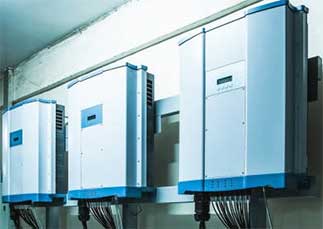What is a Rooftop Solar Power System?
Recently, rooftop solar plant is implemented widely due to free space available on the roof of housing or commercial buildings etc due to its optimum exposure to sun light & safety of the solar plant installation. As the solar panels are installed on top of such structures where sun light is optimum, the electricity generation is on its peak.
The Benefits of Rooftop Solar

Reduction in Electricity Bills
The generation of rooftop solar power plant can be listed on-grid, which can protect yourself against unpredictable increase in electricity prices and make you enjoy the electricity at lowest possible cost for the years to come.
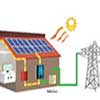
Very Low maintenance
Rooftop Solar System does not require huge cost to maintain, it simply requires proper cleaning of solar panels from time to time, which can be done easily. Performance of the solar system can be monitored remotely via internet which in turn reduce onsite presence of the expert in turn reducing the maintenance cost. The functional life of the solar panels are 25 years, once installed, will keep generating power for at least 25 years.
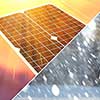
Minimum power loss
Solar power generated from rooftop has low distance for power transmission, reducing power loss. Conventional power plants are far away which suffers heavy power losses while transmission.
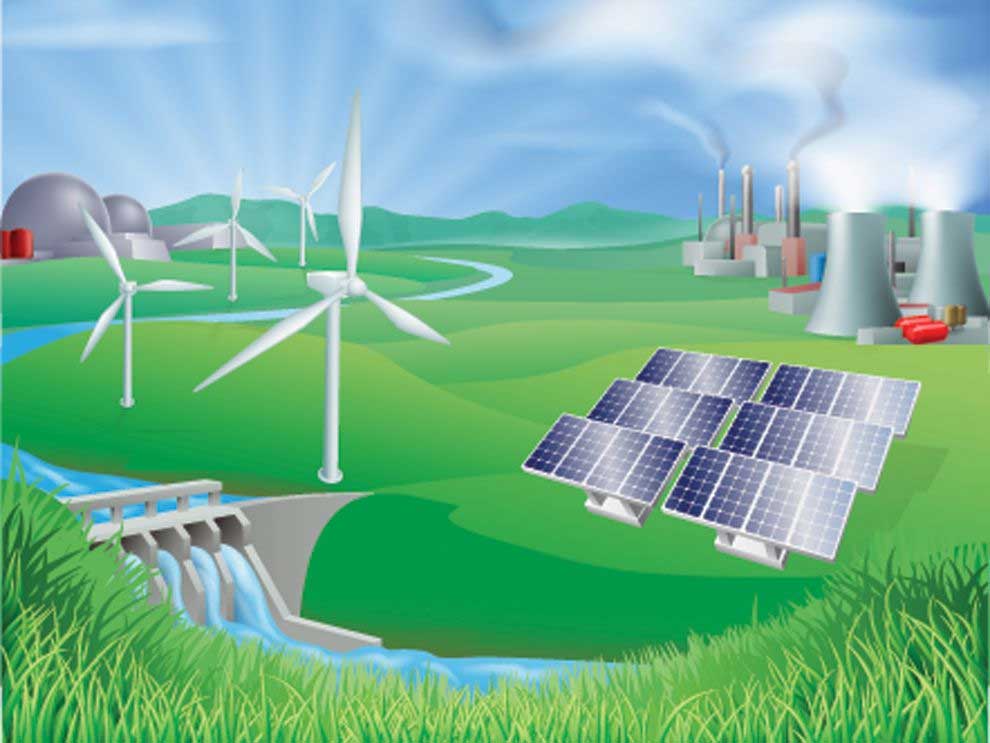
Clean & Natural Source of Energy
The power generated from fossil fuel increases carbon foot print, Solar is a clean source of energy which help reduce carbon generation and maintaining good environment. By using solar power plant, one may directly contribute to nature for healthy maintenance of the environment for generations to come.
Solar Panels
Solar panel is comprised of multiple PV (photovoltaic) cells that convert sunshine to electricity. Two types of PV Panels are there – while one comprises of “Polycrystalline Cells”, the other one contains “Monocrystalline Cells”. Based on the area available for solar installation, the required capacity of solar panels can be calculated. A typical rooftop solar power system has electricity-generating photovoltaic panels, commonly known as solar panels, on top of a house or building. But there is much more to it.
On-Grid System or Grid-tied System
These systems are designed to work in conjunction with the grid or simply put your electricity supply. The electricity you generate using this system is fed back to the grid.A net meter is installed along with this system to keep track of the electricity consumed by you versus what you generated and fed back to the grid resulting in savings which gets reflected in the bill. It does not work when the grid is down.
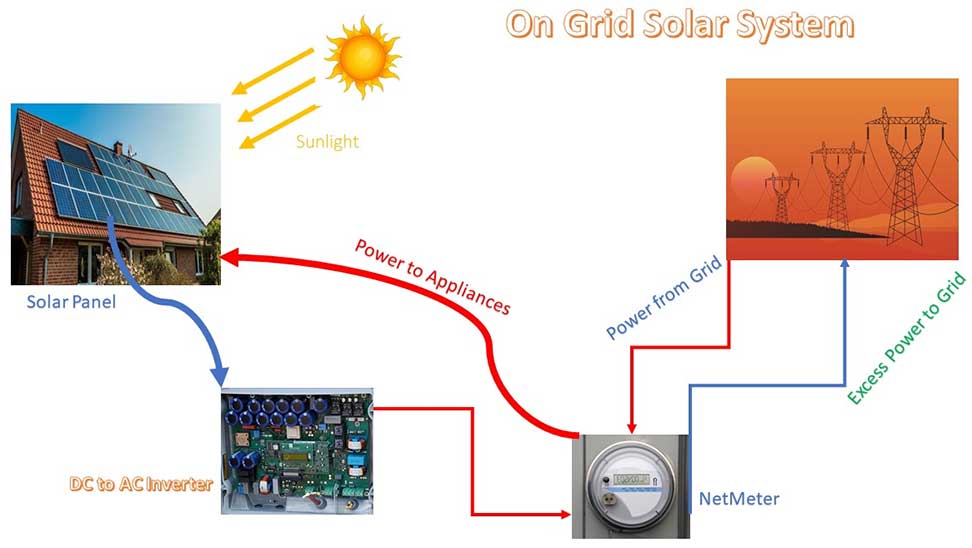
Off-Grid System
These systems store the electricity produced by conversion in batteries and utilise the stored energy by converting it back to AC as and when required.The rising cost of other power sources and the increasing demand of electricity, especially in high power cut or no grid areas, has resulted in increased demand for such systems. The reduction in battery prices over the years has further brought the system cost down.
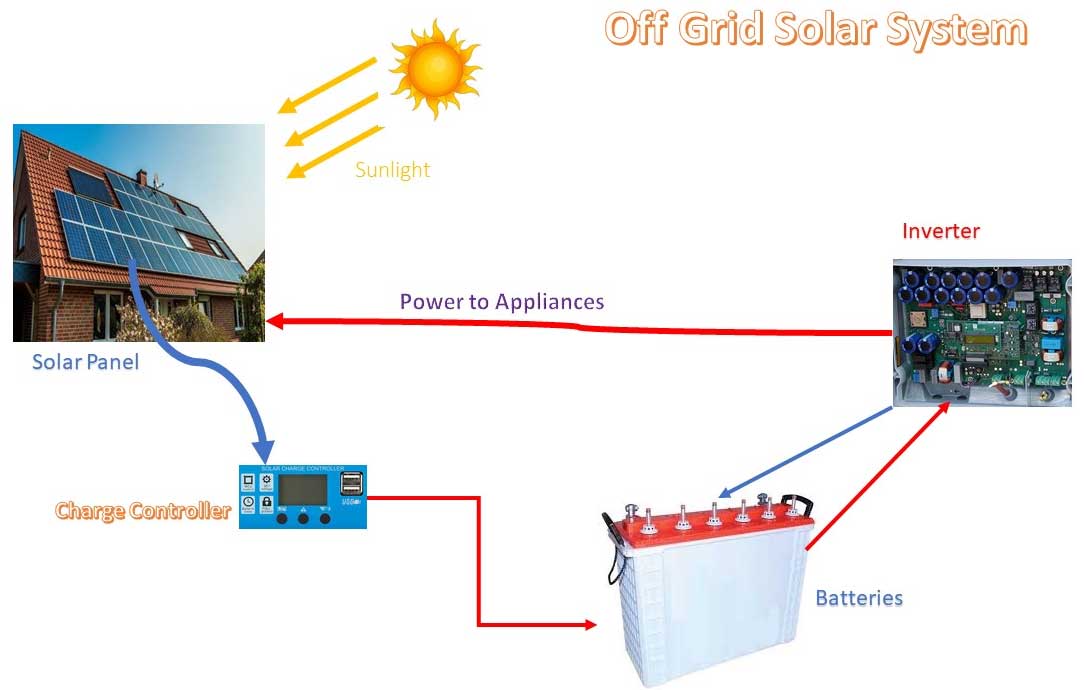
Inverter
After solar panels, the most crucial component of a residential solar power plant is an inverter. It acts as an interface which converts power produced by solar panels into electricity, that can be consumed by appliances.